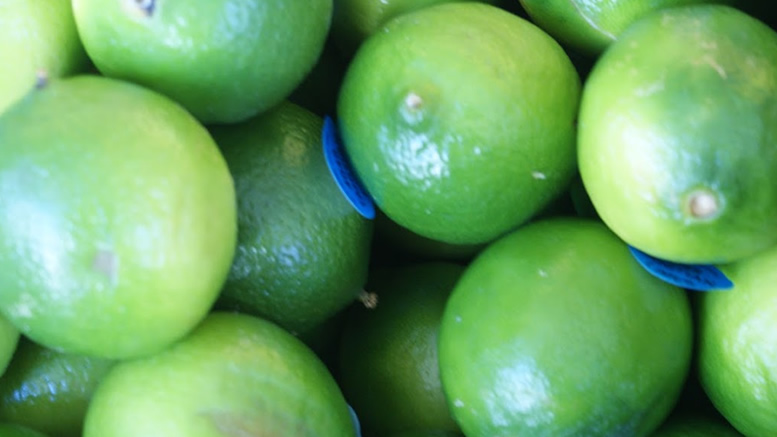Lime, known for its tangy flavor and vibrant zest, has a rich history intertwined with Asian cuisine. Native to Southeast Asia, limes have been cultivated for centuries, treasured for their culinary versatility and medicinal properties.
Limes, botanically classified as Citrus aurantiifolia, belong to the Rutaceae family. Historically, they were first grown in regions of present-day Indonesia and Malaysia before spreading to other parts of Asia. Early records suggest that limes were traded along ancient spice routes, becoming integral to the culinary traditions of India, Thailand, Vietnam, and beyond.
In Asian cuisine, lime is revered for its ability to add brightness and acidity to dishes. Its juice is a common ingredient in marinades, dressings, sauces, and beverages. Lime leaves, with their aromatic fragrance, are used to impart flavor to soups, curries, and stir-fries. From the iconic Thai tom yum soup to Vietnamese pho, lime plays a central role in balancing flavors and enhancing dishes with its refreshing zest.
Beyond its culinary applications, lime is valued for its health benefits. Rich in vitamin C and antioxidants, lime juice is known for its immune-boosting properties. In traditional Asian medicine, lime extracts are used to alleviate digestive issues, promote detoxification, and soothe sore throats.

